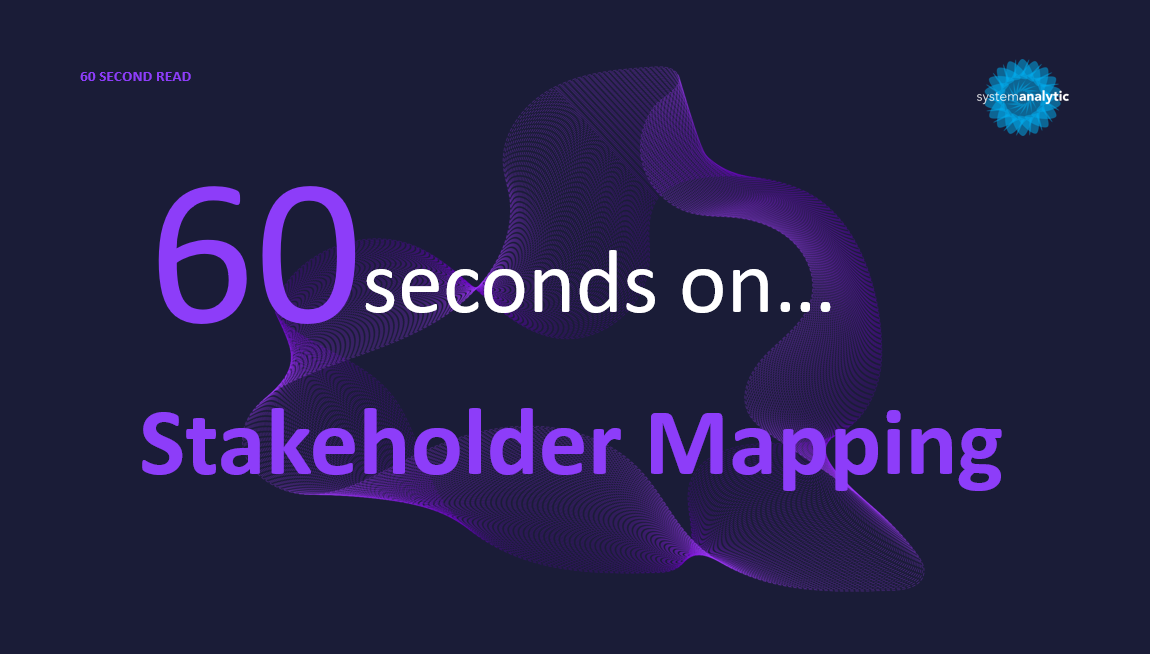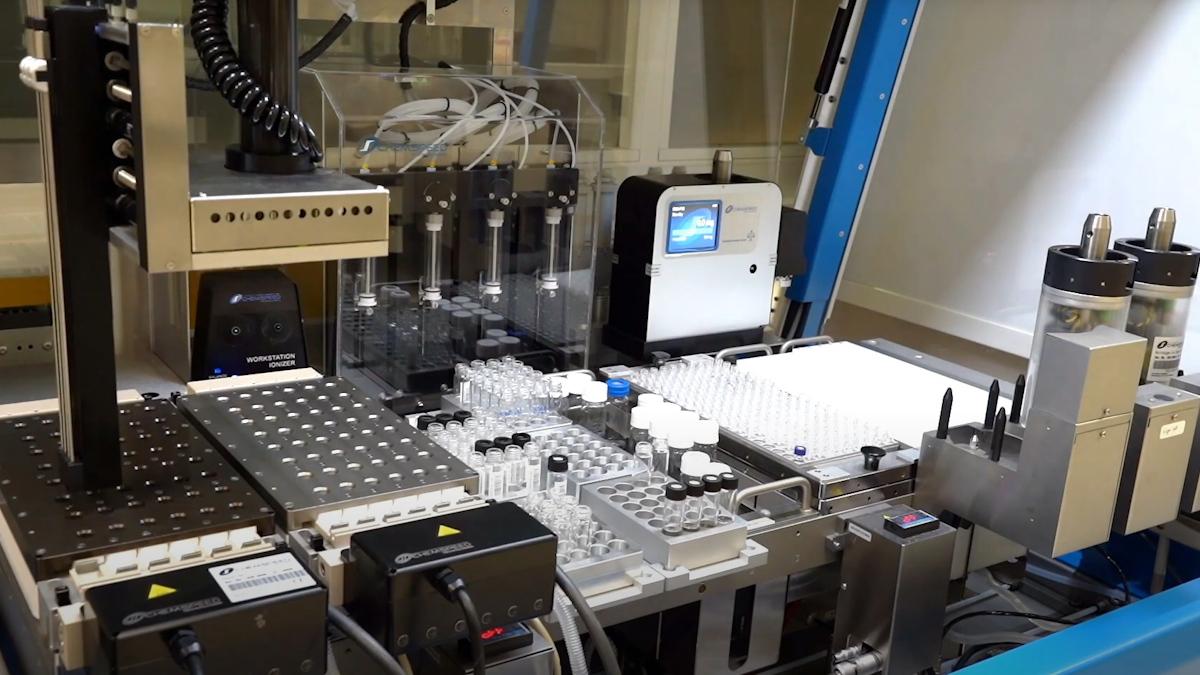Pathway To Effective Stakeholder Mapping

Before developing any stakeholder engagement plan, it is crucial to have a clear understanding of all the relevant individuals and groups your product or device could directly impact or interest in some way. Stakeholders within the pharmaceutical world encompass many diverse groups and include payers, government bodies, standard-setting bodies, physicians, key opinion leaders, patients, and advocacy groups, to name a few.
Effective stakeholder mapping needs to rely on data collected from multiple sources and perspectives to determine a relevant list of individuals and groups to engage across an entire disease ecosystem. So, what are some best practices to keep in mind when starting a stakeholder mapping exercise?
Firstly, it is important to think strategically about the type of stakeholders to engage with and why. Depending on where you are in your drug/product cycle, you may need to invest time to understand what profiles and skills you require from your key stakeholders – this is important because it will alleviate mismatches between identifying which ones can add value to your specific medical/commercial strategy as opposed to the ones that are generally well known or established.
Secondly, within a fast-changing environment, one should focus on increasing strategic depth and reach outside of the more traditional stakeholders. This is especially important in today’s world where digital tools and social media channels enable stakeholders such as patient advocacy groups to start up and make an impact very quickly within their space. These stakeholders don’t necessarily follow the traditional pathway of a slow, long, journey to becoming established. Continually finding, monitoring, and embracing such organisations from an early stage are important to enhancing your product success.
Finally, your stakeholder mapping should go beyond just identifying relevant groups/individuals, and should include a process for gauging a better understanding of the various stakeholders’ perspectives, involvement, and ability to influence a particular therapeutic area. Segmenting stakeholders based on their profiles or perspectives and gaining a greater understanding of the linkages between specific stakeholder groups will contribute to your ability to better adapt to an ever-changing environment.
Stakeholders play a key role in the patient and product journey. identifying, profiling, and engaging with the right stakeholders is of critical importance to ensure that success.
ROHINEE LAL
Senior Researcher
e: rohinee.lal@systemanalytic.com
t :+44 (0)20 3637 6372
a: Alphabeta Building, 14-18 Finsbury Square, London, UK, EC2A 1AH










